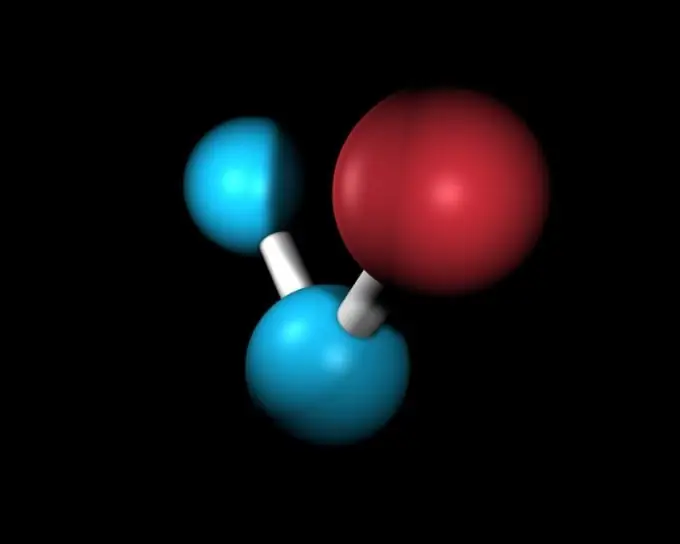- Author Nora Macey [email protected].
- Public 2023-12-16 10:17.
- Last modified 2025-01-23 08:47.
Scientists from various fields of science are interested in adhesion. But, despite the huge number of put forward theories about the nature of this process, adhesion still remains an incredibly complex and poorly studied phenomenon.

The concept of "adhesion" can be found in educational literature on various disciplines, be it physics, chemistry or biology. In each of them, the phenomenon of adhesion is considered differently, but on one thing all these theories nevertheless agree: adhesion in them means the connection, the interaction of any microparticles with each other. And this is not surprising, because from Latin the term "adhesion" is translated as "sticking".
Adhesion in physics
From the point of view of physics, adhesion is nothing more than adhesion when the surfaces of substances come into contact in the same / different states of aggregation. For example, such a bond can occur between two solid / liquid surfaces, as well as between a liquid and a solid.
The adhesion of substances is formed due to one of the factors: the appearance of chemical bonds between the molecules of substances, diffusion (penetration of molecules of one substance under the boundary of the surface of another) or van der Waals forces (arise when the molecules are polarized).
There is a separate case of adhesion manifestation - autohesion, which is often confused with cohesion. The first arises due to the contact of homogeneous bodies, but at the same time the phase boundary is preserved. Cohesion occurs between the molecules of the same body. In nature, there are situations when adhesion, due to external factors, turns into cohesion. This occurs during diffusion (when the boundaries between phases are blurred). In some cases, the adhesive bond between the phases can be stronger than the cohesive bond. Then, when forces are applied to the compound of substances, the phase boundary will remain intact, and in a less strong substance, a rupture of cohesive bonds will occur.
Adhesion in chemistry
It so happened that chemistry is very closely related to physics. So, opinions agreed on the phenomenon of adhesion. However, in the chemical industry a special place is given to it - the technology of production of composite materials and paints and varnishes is based on this natural phenomenon. Most often, the concept of adhesion in chemistry is used in relation to the process of gluing hard surfaces (substrates) with an adhesive (adhesive).
Adhesion in biology
In biology, the concept of adhesion is applied not to molecules, but to large particles - cells. Adhesion is such a connection between them, in which the correct histological structures are formed, the type of which depends on the specifics of the interacting cells. The specificity of cells, in turn, is determined by the presence of special proteins on the contacting surface.

